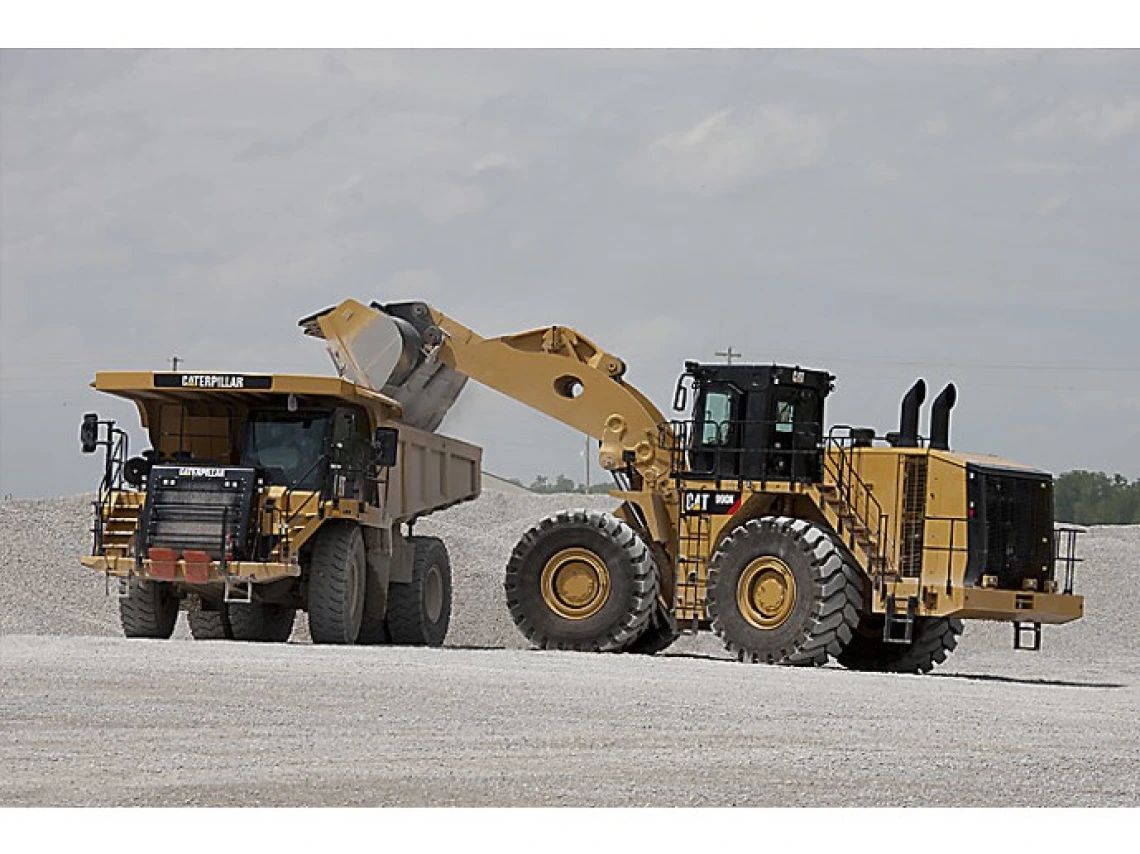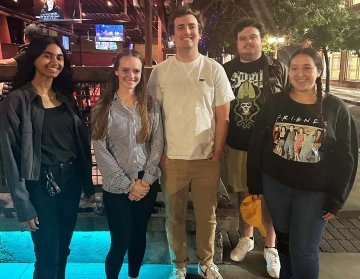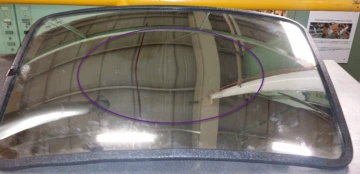Reducing Distortion for Safer Construction

Project Title: Mirror Distortion Measurement
Team 23058 Members:
Caroline Ann Humphreys, optical sciences and engineering
Karen Jicel Bermudez Valdez, engineering management
Reem Alruwaih, mechanical engineering
Cameron James Sexton, electrical and computer engineering
Clayton T. Smith, optical sciences and engineering
Sponsor: Caterpillar

Team 23058
Construction accidents in the United States cost an estimated $10 billion per year, and they’re especially dangerous and costly when large machines are involved. An Interdisciplinary Capstone team is working with construction and mining equipment company Caterpillar to solve a problem at the crossroads of engineering and optical sciences. The mirrors on their heavy machinery occasionally have distortions, meaning the operators do not have a clear, reliable view of their workspace.
Team 23058 is creating a system that quantitatively measures the distortion of mirrors in less than 20 seconds. The student team plans to create a system that the mirror supplier can use to do their own distortion analysis using a laser grid. Caterpillar will also use this system for inspections. They're working with faculty mentor Justin Hyatt and project advisor Nitin Patel, a supervisor at Caterpillar and Wildcat alum who graduated in 2002 with a BS in mechanical engineering.
“The team specifically chose the University of Arizona for this project due to the strength of its optical engineering and senior design capstone programs,” said Patel.
Project leader Caroline Ann Humphreys is majoring in optical sciences and engineering and is currently in UA's accelerated master’s program.
“The catalyst of this project was because one of Caterpillar's suppliers has been sending them a lot of mirrors with an unacceptable amount of distortion, and all of these mirrors are having to be rejected," she said.
The distortion occurs during the glass tempering process and cannot be fixed. While all curved mirrors naturally have some distortion, the company has stated that variation in distortion is not acceptable. These distortions are affecting side and rearview mirrors on construction vehicles, some of which are as large as 2 feet by 2 feet.
“We’ve come up with a point design,” Humphreys said. “We’re going to be using a laser ray grid on the mirrors and having a camera above the mirrors, from there the image is going to be processed and compared to a perfect grid using an algorithm.”

Mirror distortion
The team will test four different types of “spherical radius mirrors” found on Caterpillar’s machines. While this effort started as an intern project, Caterpillar brought the assignment to the expertise of UA Engineering to see the job through. This continues a longstanding relationship between the UA and Caterpillar, the world's largest construction equipment manufacturer.
This is the third capstone project Patel has sponsored, providing a critical connection between industry and academia.
“It brings me a lot of joy being able to work with students on real-world problems,” he said. “I enjoy being able to share what it is like to be an engineer and to help them think about their projects differently.”
For electrical and computer engineering major Cameron James Sexton, the project is providing a valuable learning experience.
“I think it’s a really great opportunity to give all engineering students a piece of the world they'll be going into,” he said.
The testing system must also be adaptable to multiple mirror sizes and shapes, and usable during production and inspection.
“The goal is to make this system very user-friendly so someone does not need to be trained on how to use it and it can be used on the factory floor by anyone,” Humphreys said. “Long term, this system will ideally get re-created and sent to the supplier so they can analyze where in their process is causing the most distortion and how they can fix that.”

